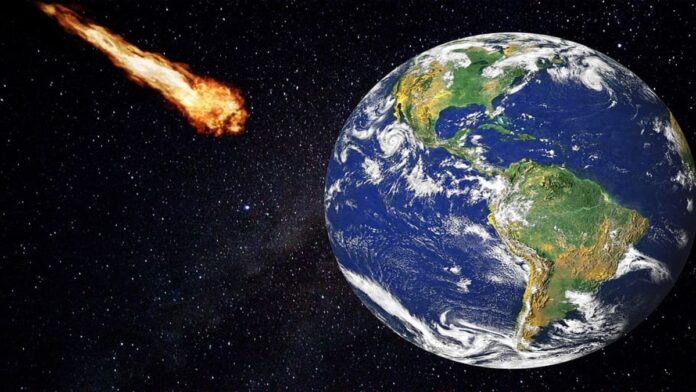A celestial rarity is about to grace the skies above Australia, as a comet larger than Mount Everest, known as Comet 12/P Pons-Brooks, affectionately nicknamed the ‘Devil’ or the ‘Mother of Dragons’ for its striking horned tail, makes its first appearance in 70 years. Unlike many astronomical events that require specialized equipment to observe, this comet will be visible to the naked eye, offering a mesmerizing spectacle for those who look up in the early hours of April 22.
According to insights shared by Australian National University astrophysicist Brad Tucker, catching a glimpse of this extraordinary phenomenon requires nothing more than a clear sky and an early wake-up call. “Venus is the bright star in the morning sky — if you can see where Venus is, look below, and the comet will be somewhere in that line between the sun and Venus,” Tucker explained. He added, “If you’re in a dark spot, you should be able to see it with your naked eye. But if you have a pair of binoculars, even small ones, it will make it great.”
For those who miss the initial viewing opportunity, the comet will still be visible in the subsequent weeks, especially with the aid of a telescope. As it journeys closer to the sun before eventually veering back into the outer reaches of the solar system, enthusiasts armed with telescopes will have ample time to witness its celestial dance.
The distinctive appearance of the ‘Devil’ comet, characterized by its horned tail, is attributed to what astronomers term as ‘cryo-volcanic eruptions,’ where ice rapidly heats up as the comet approaches the sun, causing eruptions that create additional tails of gas, dust, and ice alongside the constant tail seen on other comets.
While the comet has been observed in the Northern Hemisphere since mid-March, it has remained elusive to Southern Hemisphere viewers until now. As it continues its trajectory towards the sun, it is expected to grow brighter, reaching its closest point to Earth in June and remaining visible until July, albeit requiring a telescope for observation.
After its fleeting rendezvous with Earth, the ‘Devil’ comet will slingshot past the sun and retreat into the depths of the solar system, not to be seen again for another 71 years. However, enthusiasts need not despair, as another celestial spectacle awaits in October with the potential arrival of the Tsuchinshan-ATLAS comet, promising to rival the luminosity of the brightest stars in the sky and captivate stargazers once more.


